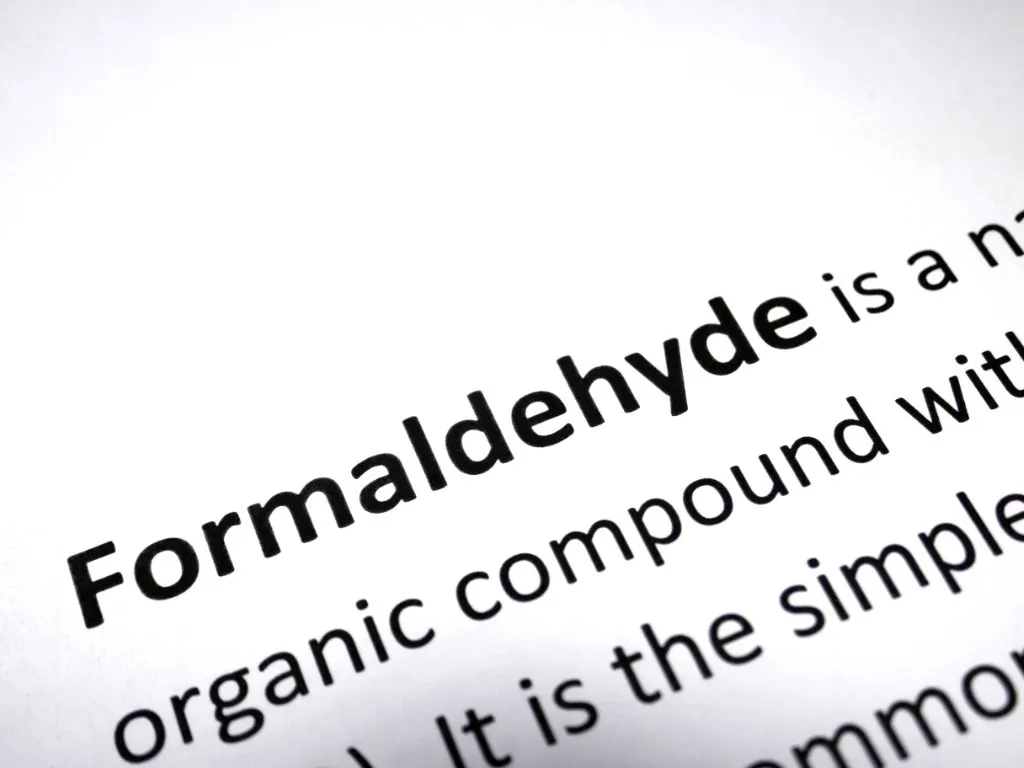News Details

EU introduces emission limits for formaldehyde in consumer products
On 14 July 2023, the European Commission adopted an amendment (Commission Regulation (EU) 2023/1464) to the REACH Regulation which introduces maximum emission limit for formaldehyde in a variety of consumer products.
Formaldehyde is mostly used in the production of resins, thermoplastics, and other chemicals. These chemicals are then incorporated in a range of consumer products and applications, such as in the manufacturing of wood-based furniture and flooring, which are the main sources of exposure to formaldehyde emissions in indoor air for consumers. It is also used in textile and leather products, parts for vehicles and aeroplanes, as well as foams, plastic, and synthetic vitreous fibres.
Formaldehyde is classified as carcinogenic (category 1B), mutagenic (category 2) in the European Chemicals Agency’s classification and labelling inventory. Furthermore, it has acute toxicity (category 3), skin corrosive (category 1B) and skin sensitising (category 1) properties.
The following table summarizes the emission limits of formaldehyde into air established by the new rule for various types of products. The limits will ensure a high level of protection for human health and at the same time limit the socio-economic burden as well as the need for technological changes for a wide range of industries and sectors. There will be a 36-month transition period which will give producers of articles where formaldehyde is used sufficient time to implement the restriction requirements, develop relevant analytical methods to test formaldehyde emissions, and start utilizing formaldehyde-free or low emitting formaldehyde products. For vehicles the transition period will be 48 months.
|
Scope |
Requirement |
Effective date |
|
≤ 0.062 mg/m3 |
6 August 2026 |
|
≤ 0.08 mg/m3 |
|
|
≤ 0.062 mg/m3 |
6 August 2027 |
When it comes to wood-based articles and furniture the following articles are exempted:
-
Articles in which formaldehyde or formaldehyde releasing substances are exclusively naturally present in the materials from which the articles are manufactured.
-
Articles exclusively for outdoor use under foreseeable conditions.
-
Articles in constructions, that are exclusively used outside the building shell and vapor barrier and that do not emit formaldehyde into indoor air.
-
Articles exclusively for industrial or professional use unless formaldehyde released from these leads to exposure of the general public under foreseeable conditions of use
-
Articles falling under the scope of entry 72 to Annex XVII of the REACH Regulation
-
Articles that are biocidal products within the scope of Regulation (EU) 528/201.)
-
Medical devices (Regulation (EU) 2017/745)
-
Personal protective equipment within the scope of Regulation (EU) 2016/425.
-
Food contact materials and articles within the scope of Regulation (EU) 1935/2004.
-
Second-hand articles
When it comes to road vehicles the following exemptions apply:
-
Road vehicles exclusively for industrial and professional use, unless the concentration of formaldehyde in the interior of those vehicles leads to exposure of the general public under foreseeable conditions of use.
-
Second-hand vehicles
The regulation emphasizes that toys for children of all ages fall within the scope of restrictions. The limit value for formaldehyde emissions into indoor air therefore applies to toys for children of all ages.
The European Chemicals Agency (ECHA), with the support of industry and experts, will develop guidance to facilitate the harmonised implementation of the test conditions for the measurement of formaldehyde emissions.
The full text of Commission Regulation 2023/1464 can be found here.
We acknowledge that the above information has been compiled from European Commission.


